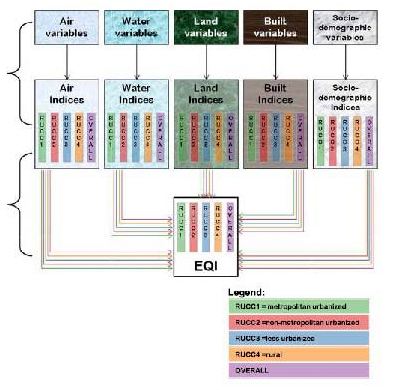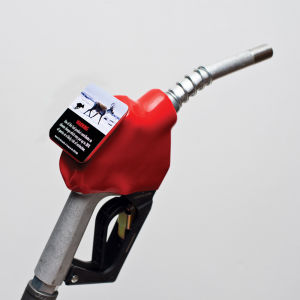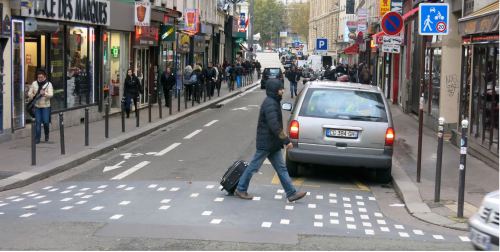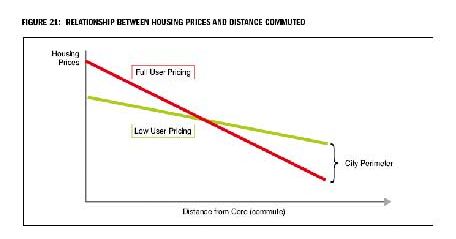Also discussed here: Enabling low-cost particulate matter measurement for participatory sensing scenarios (Abstract, Matthias Budde, Rayan El Masri, Till Riedel ,Michael Beigl, Proceedings of the 12th International Conference on Mobile and Ubiquitous Multimedia, Dec. 2, 2013)
And here:(2 min You-Tube, KIT Karlsruher Institut für Technologie, May 21, 2014)
Today we review PhD research from Germany that describes how a commercial off-the-shelf (COTS)dust sensor can be attached to a smart phone, making use of its camera to measure the scattering of light and estimate the concentration of particulate matter (PM10) with an accuracy of one microgram per cubic meter. Readings may then be transmitted via cell phone to a central point where a number of other phone measurements can be mapped in near real-time and add to the more sophisticated (and expensive) observations from the few government air quality stations.
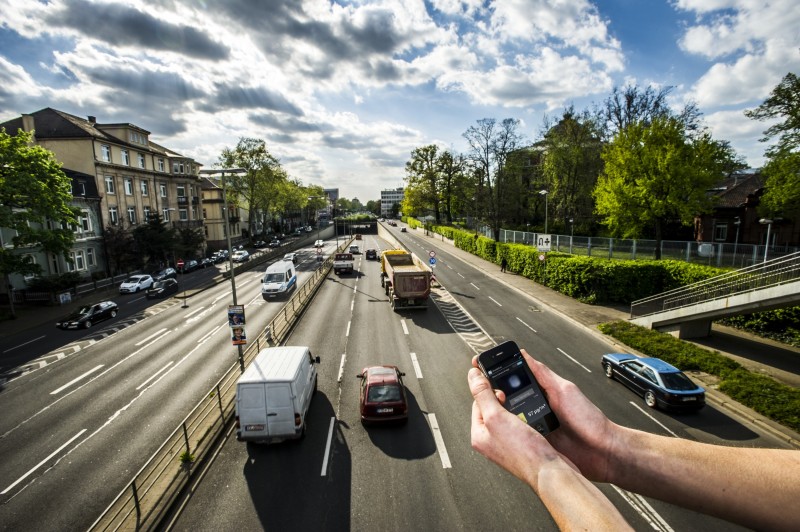
Key Quotes:
"Detectors at the official measurement stations operated by the Baden-Württemberg State Agency for the Environment, Measurement, and Nature Conservation are very precise, but also very large, very expensive, and static. In Karlsruhe, for instance, only two measurement stations have been established,"
“This paper presents a mobile, low-cost particulate matter sensing approach for the use in Participatory Sensing scenarios. It shows that cheap commercial off-the-shelf (COTS) dust sensors can be used in distributed or mobile personal measurement devices at a cost one to two orders of magnitude lower than that of current hand-held solutions, while reaching meaningful accuracy”
“The sensor is planned to be attached to the smartphone by means of a magnet… and the users take a photo or a video for measurement. The images can be evaluated locally or transmitted to a computer system that combines these data with other measurements and sends them back. Then, the fine dust concentration is displayed by the phone.”
"Instead of the conventional infrared LED in the sensor, the flashlight of the smartphone emits light into the measurement area. This light is scattered by the possibly existing dust or smoke. The camera serves as a receptor and takes a picture representing the measurement result. The brightness of the pixels can then be converted into the dust concentration,"
“the smartphone sensor can measure concentrations of about one microgram per cubic meter. This is sufficient for detecting coarse dust and smoke, but not for typical fine dust concentrations in the microgram range. The scientists now plan to further increase the sensitivity of the sensors.”
“the central idea of participatory sensing is the joint benefit resulting from an increased information quality -- which increases with the number of measurements.”



